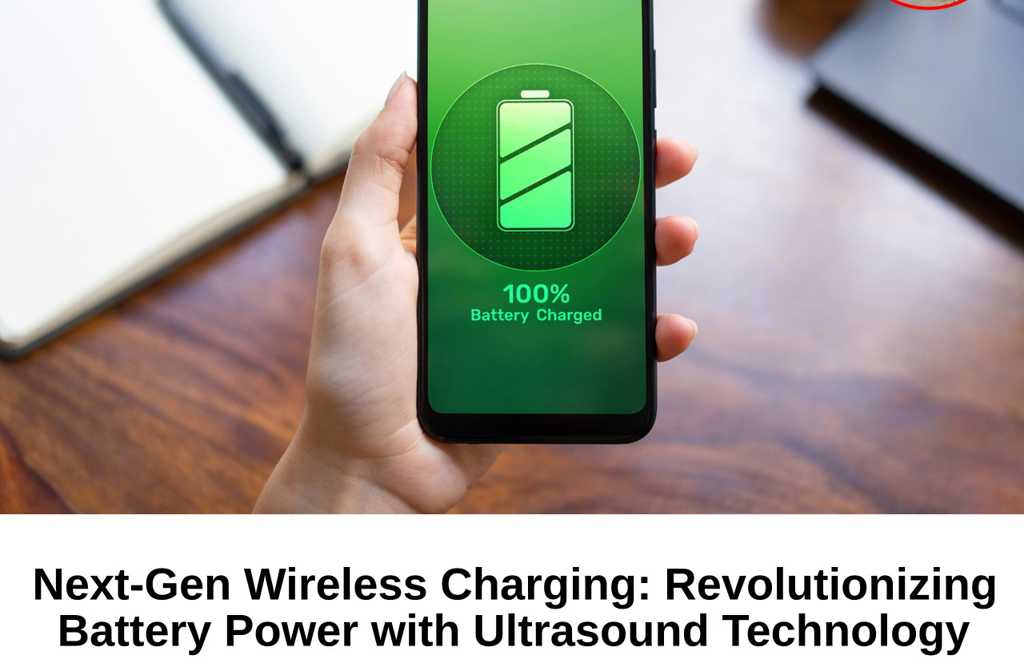Scientists develop ultrasound-based wireless charging for underwater devices
Amid rising demand for underwater electronics and medical implants requiring stable, safe power sources, researchers from the Korea Institute of Science and Technology and Korea University have introduced an alternative to conventional wireless charging methods. They created a flexible, biodegradable ultrasound-powered receiver capable of transmitting energy seamlessly even through biological tissues. The study was published in *Advanced Materials*.
Unlike electromagnetic induction and radiofrequency charging, which struggle with low efficiency in biological tissues and generate electromagnetic interference, ultrasound is safe for humans and minimally absorbed by the body. This makes it particularly promising for powering implantable devices and wearable electronics.
Led by Dr. Sunghoon Hur and Professor Hyunchul Sohn, the team developed a receiver using high-efficiency piezoelectric materials with a unique structure that maintains performance even when bent. The new device delivers 20 mW of power over 3 cm underwater and 7 mW at 3 cm depth beneath the skin—enough to support pacemakers, neurostimulators, biosensors, and other low-power devices.
This breakthrough paves the way for widespread use of ultrasound charging in medicine as well as in marine drones and sensors requiring long-term, reliable energy without frequent battery replacements.
“Our research demonstrates the practical feasibility of ultrasound-based energy transfer,” noted Dr. Hur. The team is now focusing on miniaturizing the technology and commercializing it.
Previously, researchers enhanced quantum computing by linking light and matter.


Leave a Reply